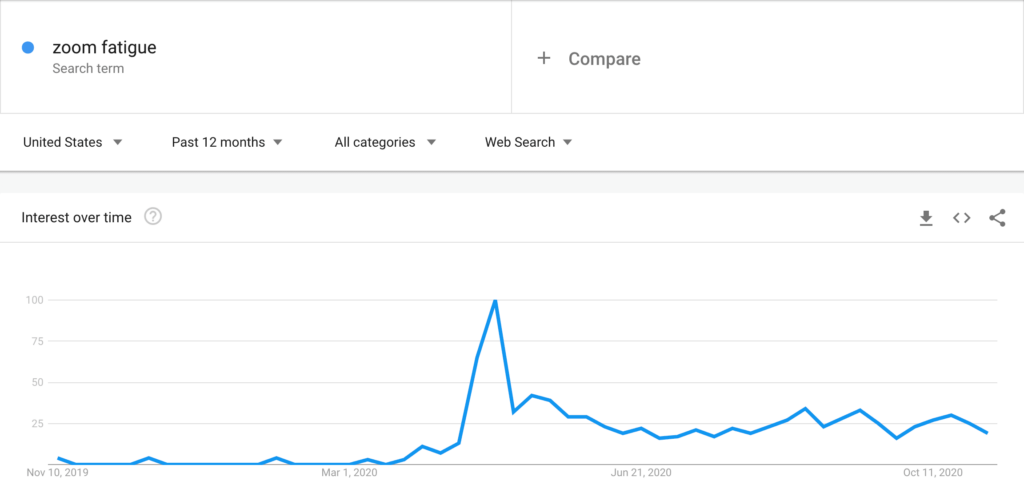This past year has been a learning experience for many around the world. Organisations learned that they can go remote. Employees learned they can wear pajamas to their weekly meetings (thanks Zoom!). And everyone has learned what Hollywood pandemic movies get wrong. There’s no getting chased by zombies, just a slow death by boredom and overeating.
But as with every learning process, there is a curve. And it’s inevitable that mistakes are made along the way. Just be careful not to let these mistakes get the best of you.
If you’re a project manager that’s finding it hard to deal with your new found remote role, it might help to know that A) you’re not alone and B) there’s some things you can change. Because although everyone makes mistakes, only a fool learns from just their own mistakes. While the wise learn from their own and others’ mistakes.
So here’s a few mistakes to learn from about remote project management. And what you can do instead.
Not trusting your team
When lockdown started this year, people started buying. Partly out of fear of the end times. Partly to ease stress. And partly because we didn’t know what else to do. Normal consumers bought wine and toilet paper. And businesses began picking up employee monitoring software.
Taking many forms, this type of SaaS can do everything from logging your keystrokes, to sharing personal Slack messages with your boss. Some can even take a screenshot of employees’ computers at random intervals.
And while on the surface this type of software might seem harmless and helpful (what should employees fear if they are doing their work?), it actually poses some pretty big privacy concerns. Not to mention, it plays a big role in diminishing the levels of trust experienced by those you’re “spying” on.
According to science, trust is one of the most important components for remote and virtual teams. And it is essential for projects’ success and the teams’ overall relationship. When that trust is violated by software, which is at the very least intrusive and at the most is the equivalent of cyberstalking, then you are on your way to team communications breaking down.
With employee monitoring software, it may appear that your team’s productivity increases.
But you are also creating conditions ripe for lots of negative effects: lower quality work, higher turnover rates, and increased burnout. And these tools take away a lot of the desirable aspects of working from home.
What can you do instead?
Ditch the Big Brother level remote software. And choose instead a toolset that communicates trust. There’s a lot to be said for a Gantt chart or Kanban board, a communication platform, and a video conferencing app. People will know what they need to be working on. You as a project manager can check in on their progress. And no one’s trust is violated in the process. Win, win!
Spending too much time in meetings
At the beginning of the COVID outbreak, Zoom seemed like a blessing. Its free and simple-to-use video conferencing app was perfect for meetings, team happy hours, and other virtual bonding opportunities.
But something interesting happened in May. The concept and subsequent interest in “Zoom fatigue” exploded. What changed with remote workers’ favorite video chat tool?
Loooooooooong meetings and overuse.

It’s never great to have a meeting just for the sake of a meeting. But with the increase in employees working from home, this concept has practically disappeared. PMs and managers, newly thrust into the roles of virtual team management, seemed to forget that people’s attention spans were not designed around 2+ hour calls. And employees were forced to endure excruciatingly long virtual meetings.
In a recent Slate article, some people report having to spend the ENTIRE 8 hour workday on a Zoom call.
There is a special place in hell for managers who make their employees work all day on Zoom. And it’s an important thing to keep in mind when considering how to balance your remote team.
What can you do instead?
Limit the meetings. Simple as that.
Keep meetings short and sweet, using them mostly to check in on progress. It can help in these instances to utilize a virtual schedule that can be instantly updated during the course of the meeting. That way, when your team reports their changes, you can make any adjustments simultaneously to the plans. They’ll see in real time what needs to be done, you’ll get the week’s planning out of the way. And everyone can go on with their days.
Over or underutilizing your human resources
There’s a lot we can miss working remotely. I don’t mean you long for the sound of the office coffee machine. Or you’re pining to see Karen in HRs ceramic angel desk collection. But there’s a lot of nuances in human interactions that cannot be appropriately conveyed with an emoji.
And there’s a lot of insight you can gain from working with people directly.
Namely, how hard and how much people are working. And if it’s the right amount.
A good PM can tell if their team is overworked. Or underworked. Not only should it be apparent in their project schedule, but you can see it in their faces. When you’re remote, however, that kind of tell isn’t as obvious. So you need to really rely on other ways to assess how hard your team is working.
This is especially important because according to science, employees who experience more challenges during the work day are often more engaged in what they do. Meaning that those with less on their plates, tend to be more checked out and less productive. Conversely, those with too much work are prone to burnout. Which can be equally detrimental to work performance and engagement.
What can you do instead?
Monitoring resource utilization is an effective remedy against both of these negative scenarios. Studies have shown that when project managers carry out practices that promote job control (such as resource management) it reduces workload risks. In both directions. Using a cloud-based tool that shows how much employees are spending on each of their projects and tasks, can be a lifesaver to yourself and your employees.
Remote, Hybrid and Beyond
COVID has forced many people to rethink older workplace practices and be more adaptive in the process. And now, more and more companies have announced their intent to maintain remote work options or even adopt hybrid offices. These would give employees more flexibility in where they choose to work. And how. As such, managers must also stay agile in the coming years and avoid common remote PM mistakes. Learning to adapt to more of these kinds of situations and implementing effective management processes in the interim.

